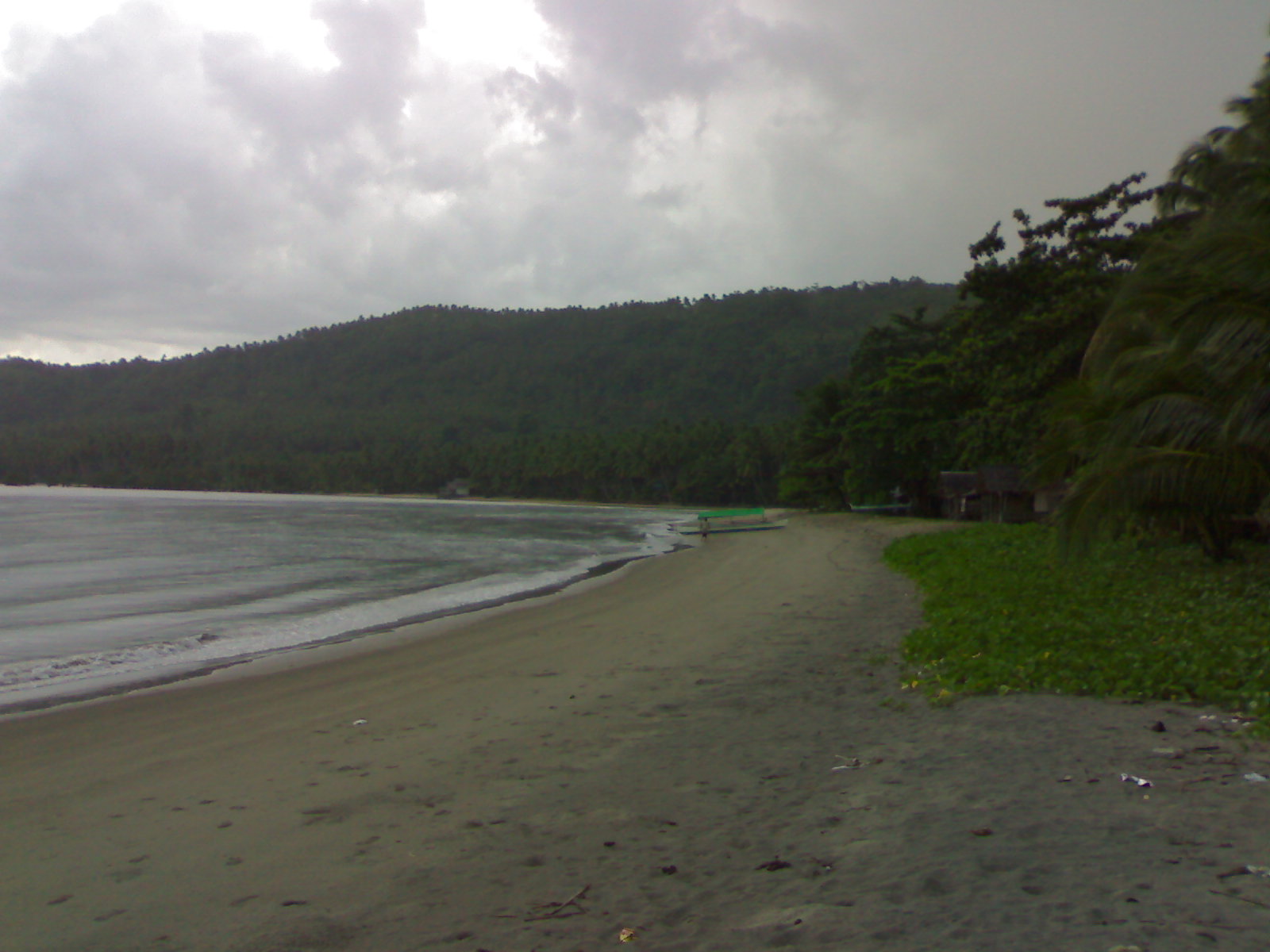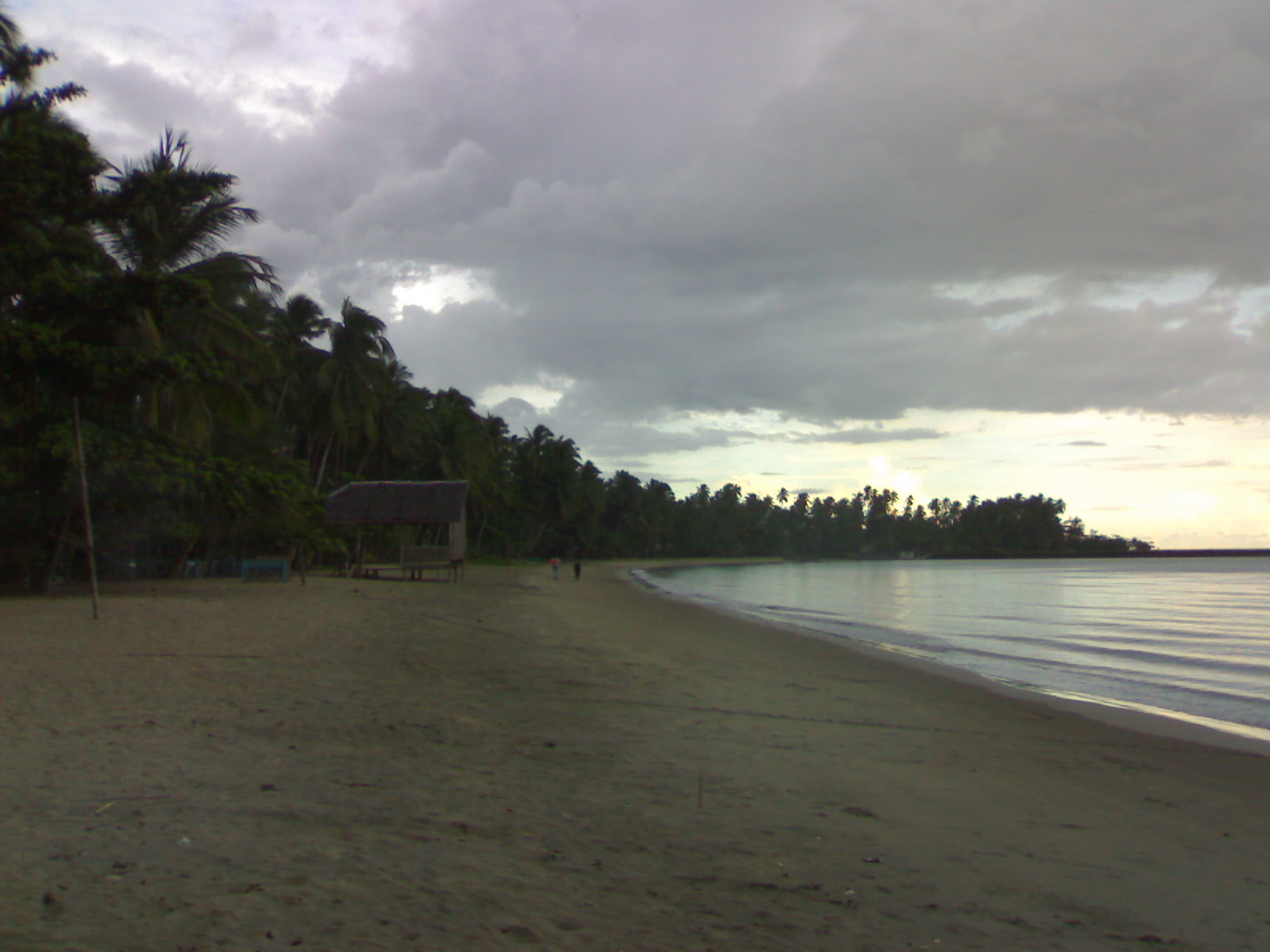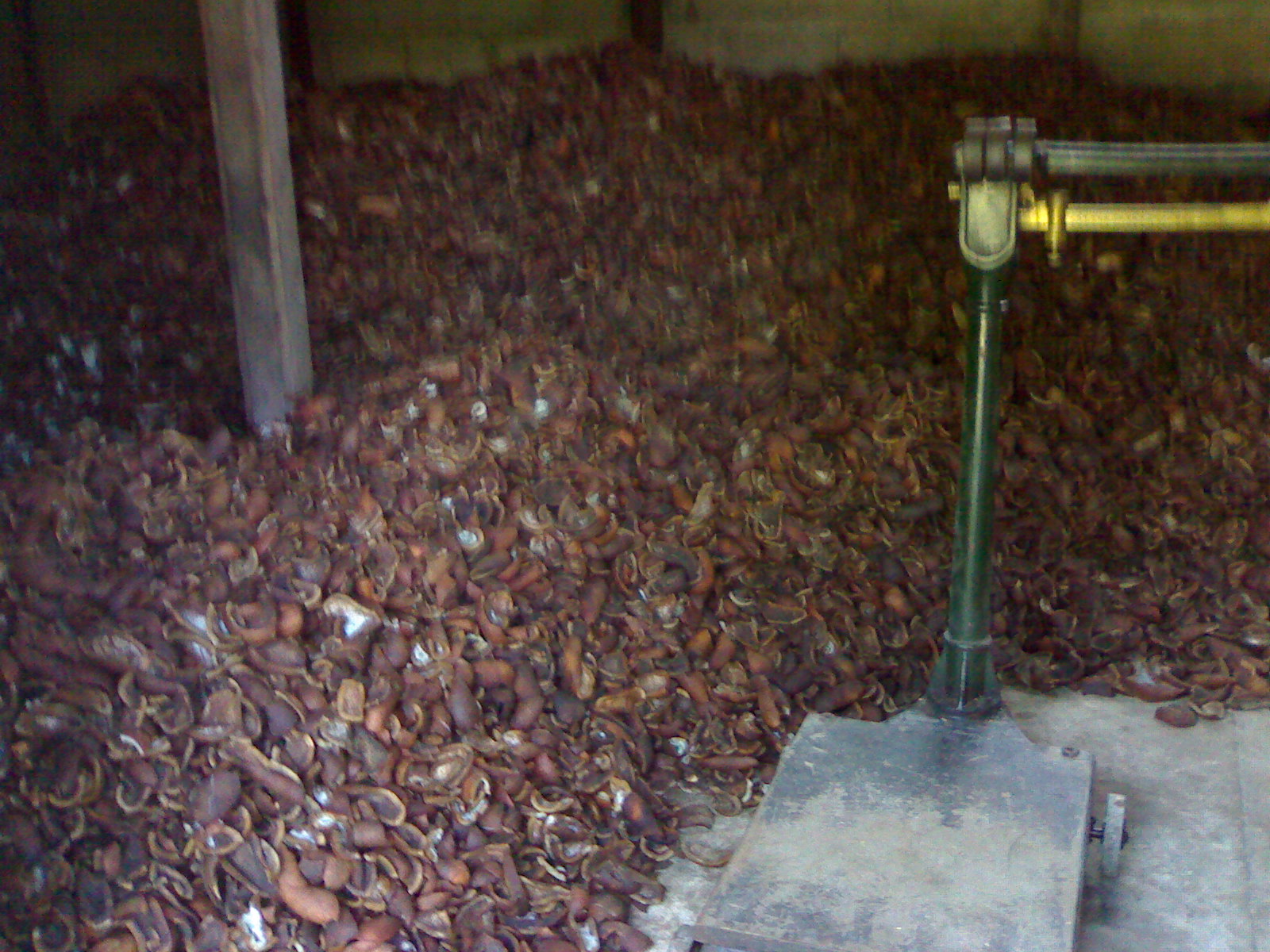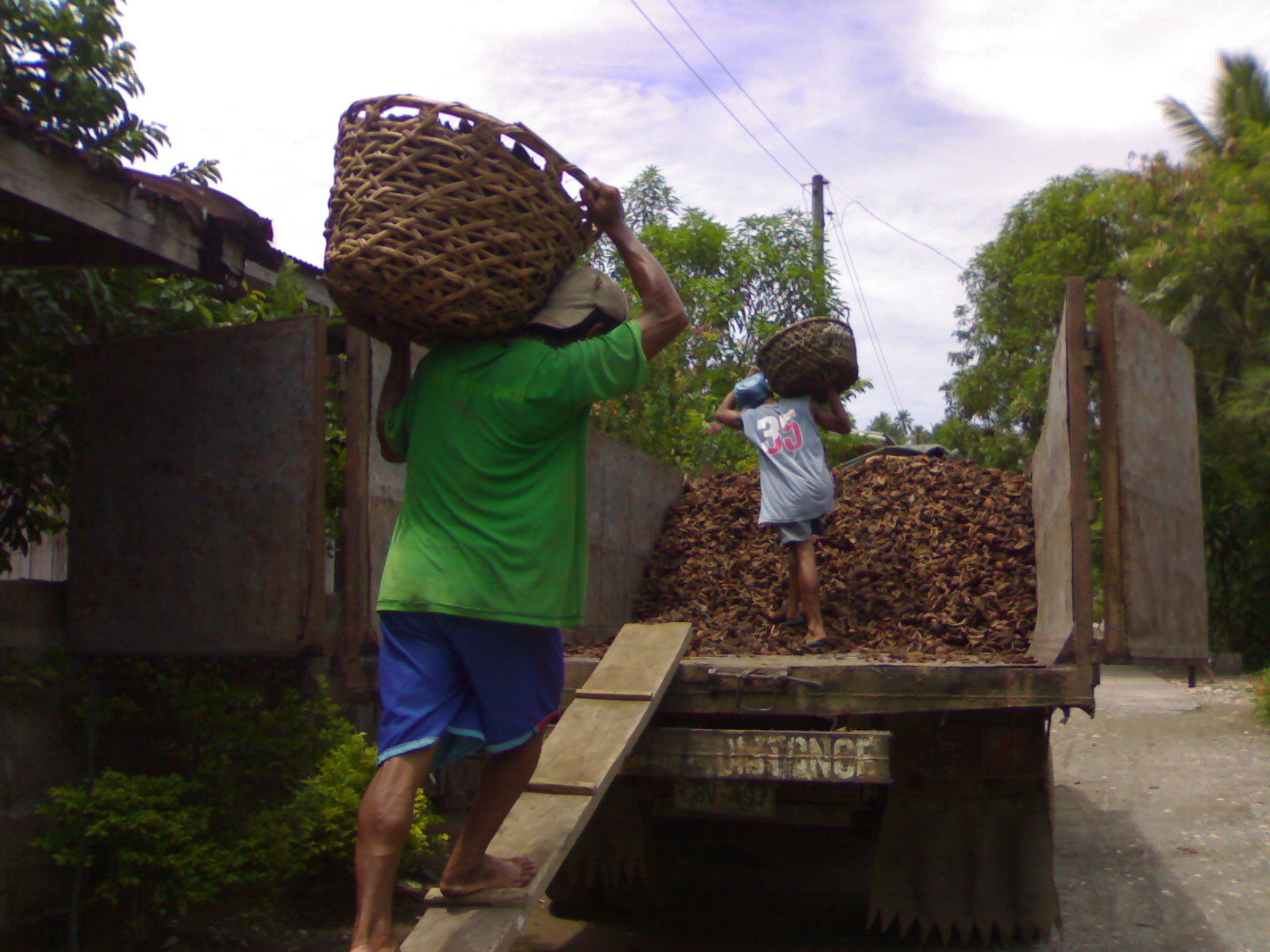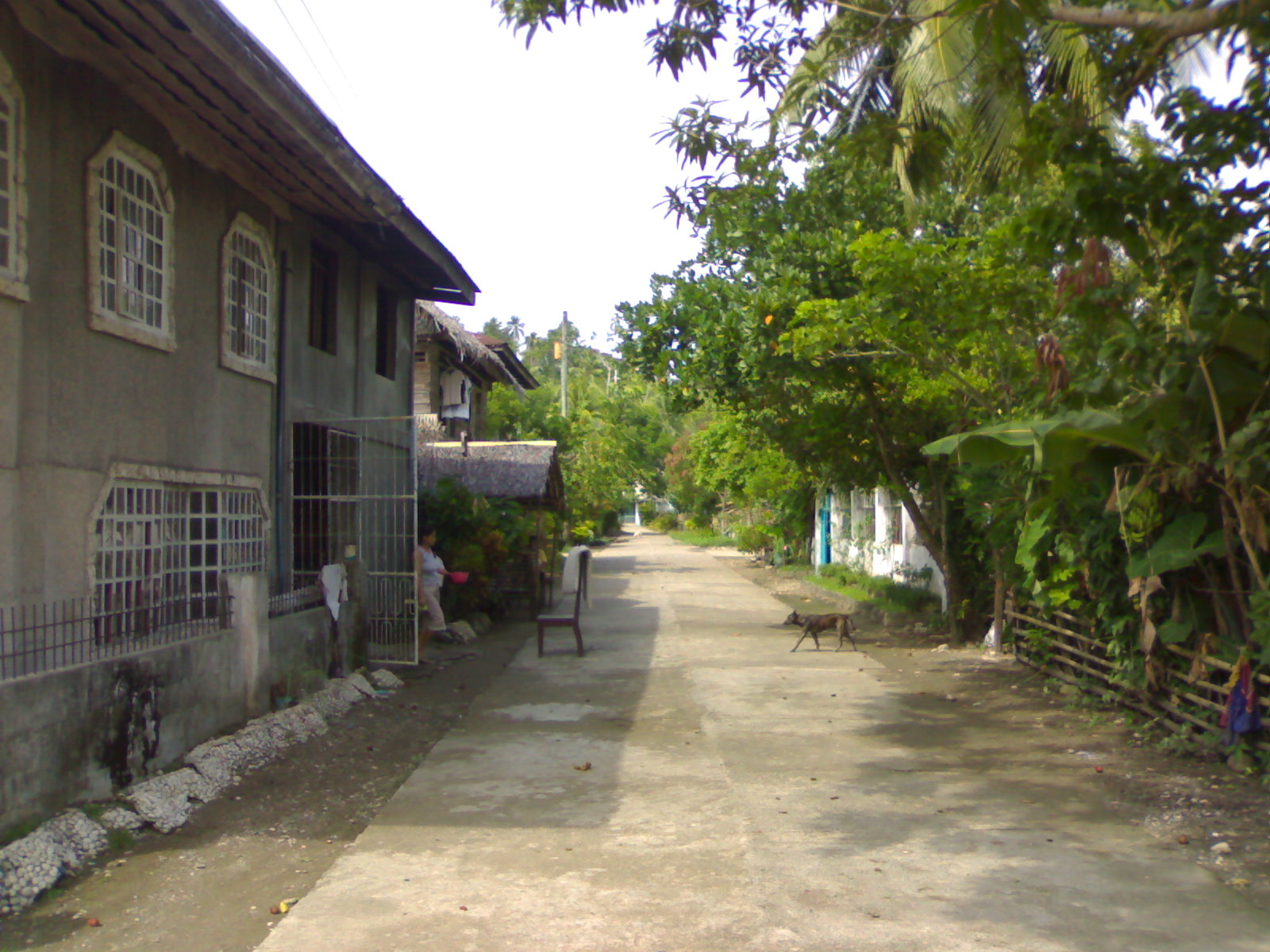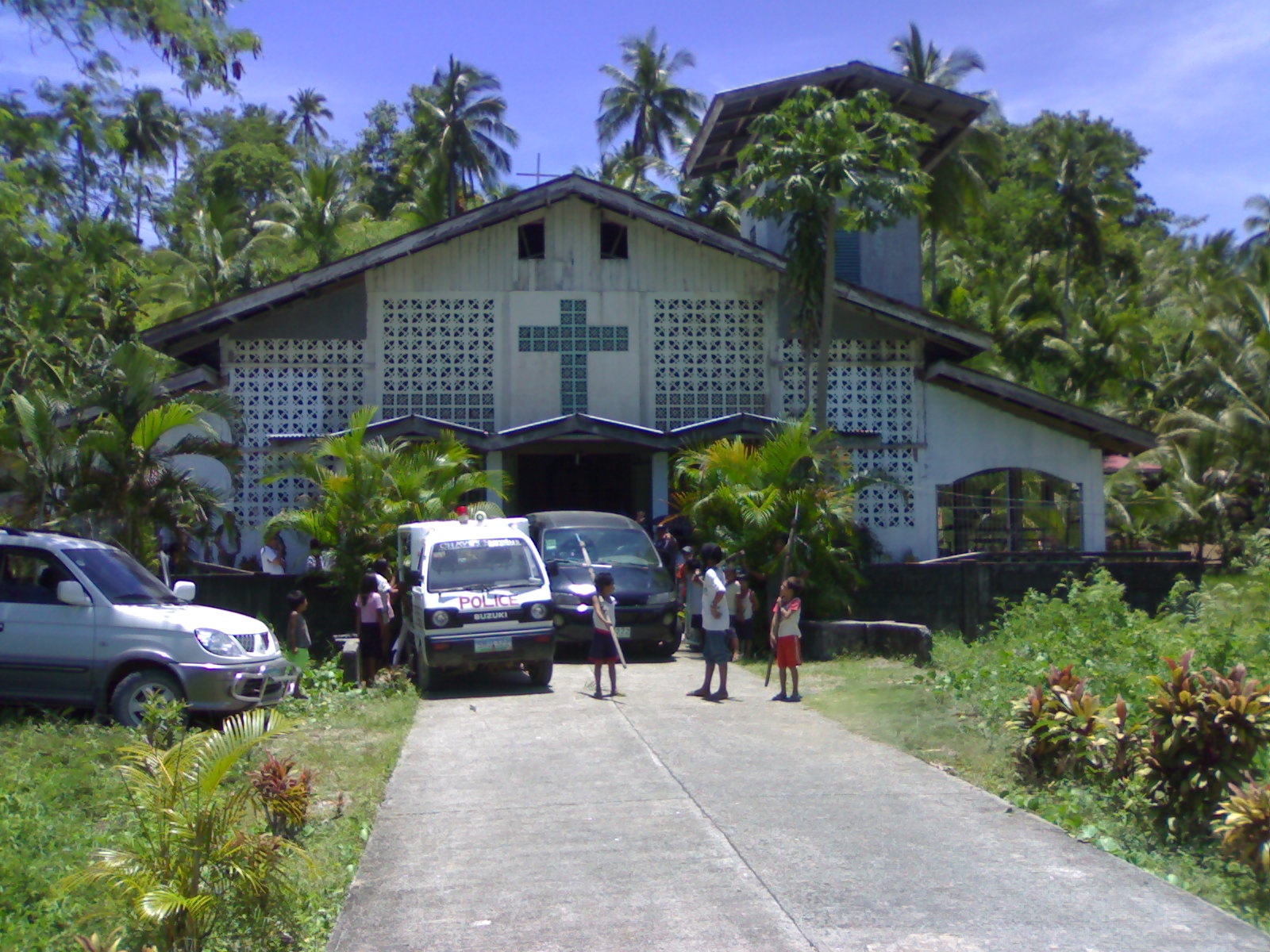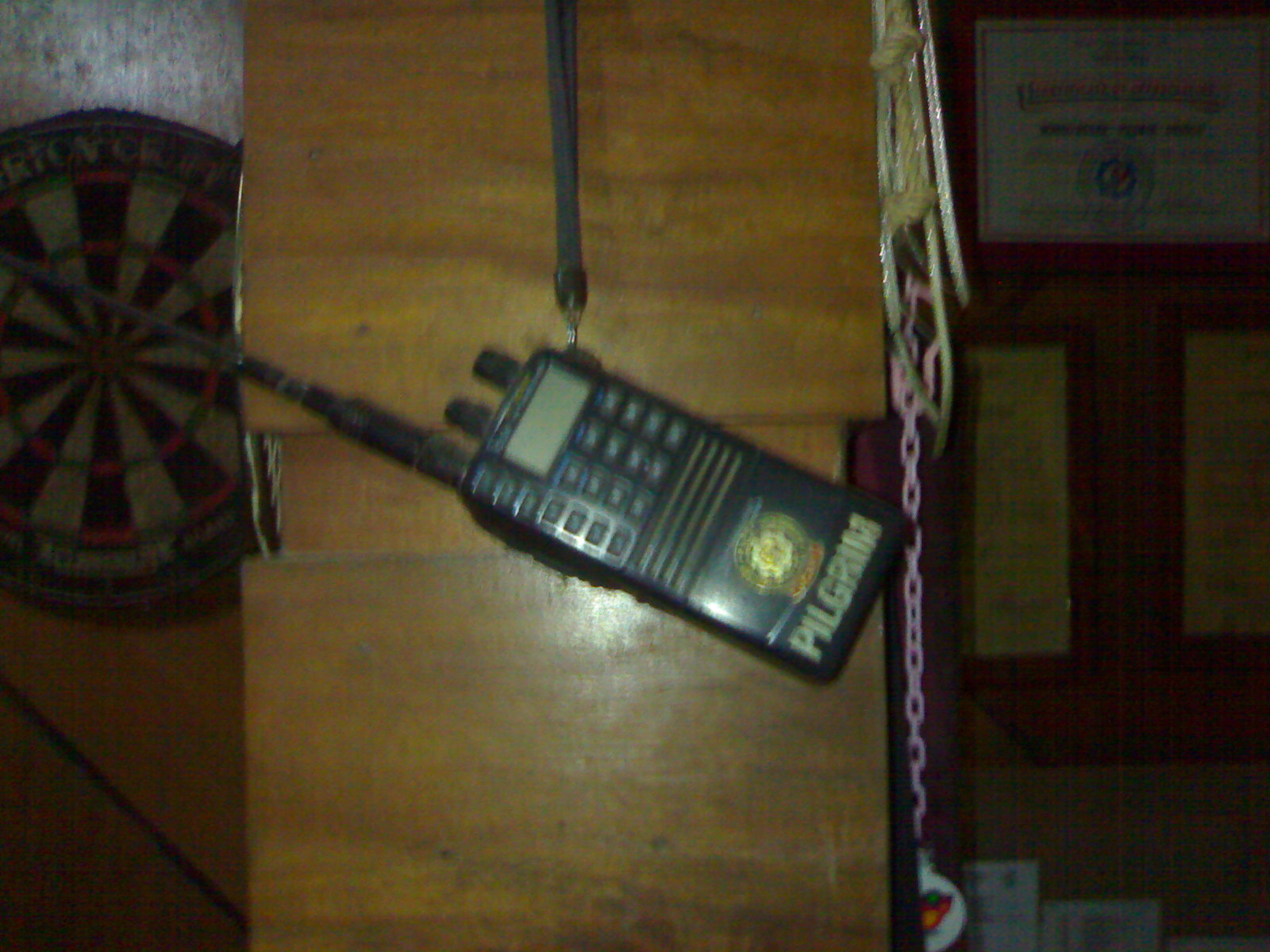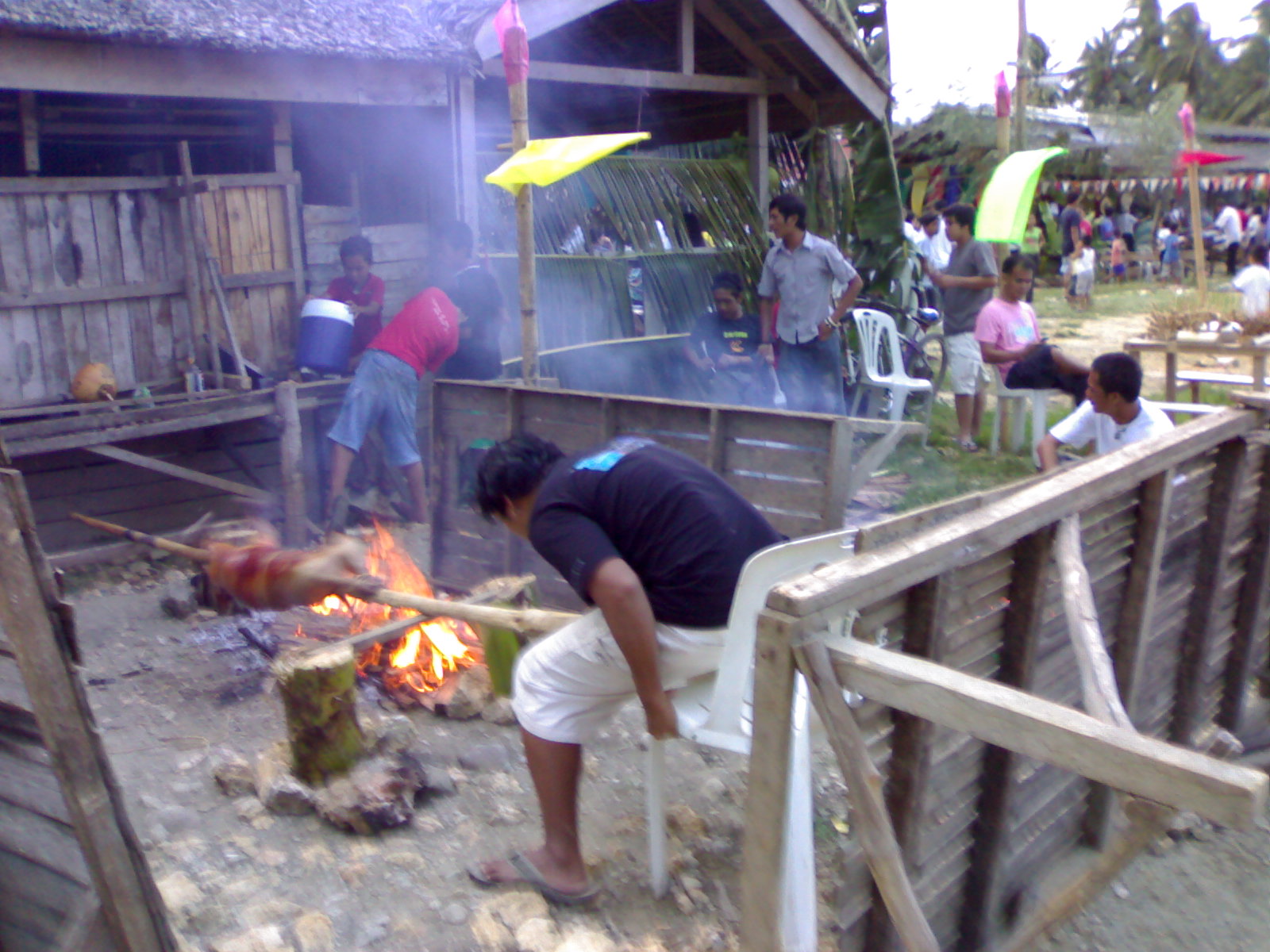 Several days ago, Lianga celebrated the 88th anniversary of its creation as a municipality which according to existing records took place on October 17, 1919. A most auspicious date to commemorate bearing in mind the supposedly extra lucky double 8 and the fact that few towns in this part of the country can boast of more than eight decades of existence.
Several days ago, Lianga celebrated the 88th anniversary of its creation as a municipality which according to existing records took place on October 17, 1919. A most auspicious date to commemorate bearing in mind the supposedly extra lucky double 8 and the fact that few towns in this part of the country can boast of more than eight decades of existence.In the brainstorming during the weeks that preceded the 17th of October, the idea of making the celebration of the foundation day more "meaningful" and "significant", by making it into a festival commemorating some special aspect of life related to or indigenous to the town gained support among the local leadership. Thus the concept of the first Pinipig Festival was born.
 For the uninitiated, pinipig is newly harvested, immature, glutenous rice that is lightly toasted and pounded into flattened flakes that can be eaten as is or used as a main ingredient for many Filipino desserts and drinks.
For the uninitiated, pinipig is newly harvested, immature, glutenous rice that is lightly toasted and pounded into flattened flakes that can be eaten as is or used as a main ingredient for many Filipino desserts and drinks.I, like so many other Lianga residents, was a bit nonplussed at the choice of this delicacy as the star of a festival. Lianga is indeed an agricultural town and rice is one of its cash crops albeit it is known more for its lumber, copra and fishing industry. Pinipig is certainly not on top of anyone's list of agricultural products particularly associated with the place.
But in this age where festivals of all sorts are the rage then who am I to object to what obviously is an eager beaver attempt to promote an image of Lianga as a fun town with a cultural heritage and a place to visit for both local and foreign tourists. Pour enough effort, imagination and money into such an undertaking and some success is bound to be achieved.
But true festivals and celebrations, whether religious or secular, especially those which have endured through time, are often those deeply rooted in the historical and cultural sensibilities of a people. They are seldom artificially created but even if they were indeed created, they still spontaneously emerge and draw sustenance, purpose and energy from the popular consciousness and will. The Pinipig Festival is, most certainly, not one of them.
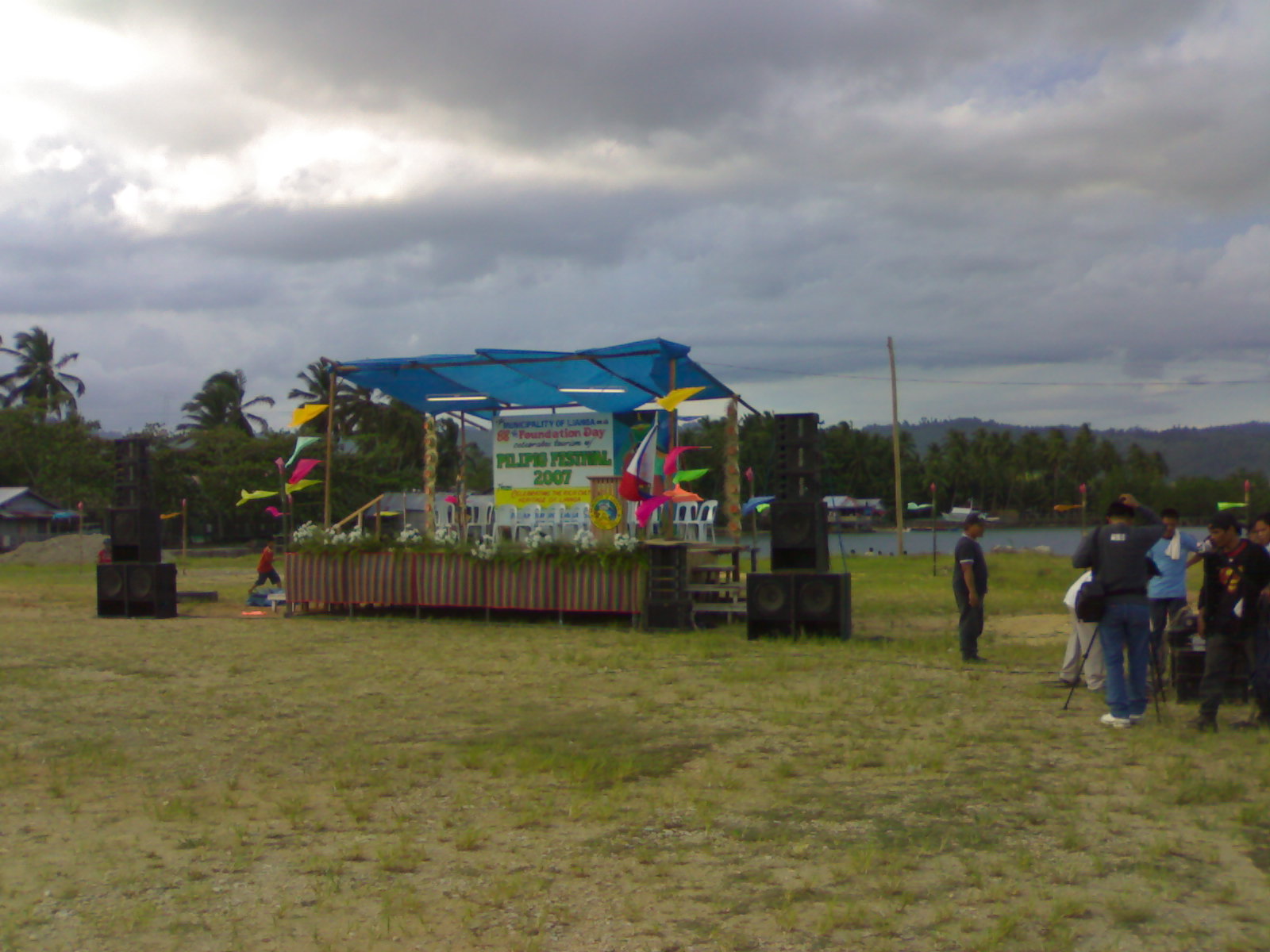 The festival was a nice try by the local government but, as a concept, was flawed from the moment it was conceived. A fitting and appropriate program of activities commemorating such an auspicious occasion as more than eighty years of being a town requires one that has more real substance rather than mere show, glitter and bombast. More meaning and relevance rather than the elaborate trimmings and loud noise of mere spectacle.
The festival was a nice try by the local government but, as a concept, was flawed from the moment it was conceived. A fitting and appropriate program of activities commemorating such an auspicious occasion as more than eighty years of being a town requires one that has more real substance rather than mere show, glitter and bombast. More meaning and relevance rather than the elaborate trimmings and loud noise of mere spectacle.By the way, I do like pinipig and during my childhood days did help make it in Lianga once or twice. It was fun and magical doing it especially during the night and in the light of the rising moon and together with relatives and friends.
I was there during the Pinipig Festival several days ago. To my sorrow, there was little of the fun and magic I was looking for. Neither was there much relevance or substance. But then the heart of the town and its people were never in this celebration and it was foolish to expect more than what was there.
Nice try though and let's hope we do it better next year.
